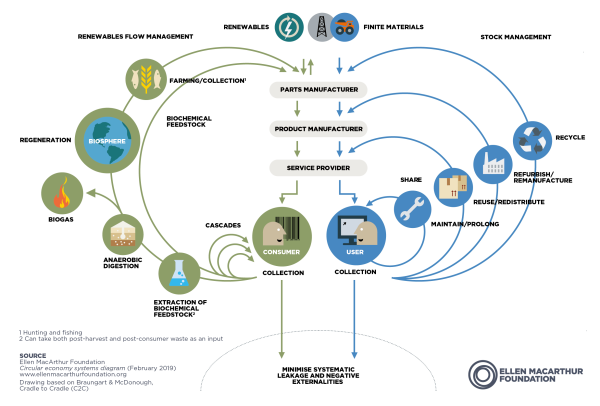Good for the Planet
Doing good for the planet has many angles, each focussing on specific, sometimes overlapping elements.
The Sustainability pillars
Sustainable development is based on three fundamental pillars: environmental, social and economic.
- Environmental sustainability, Environmental sustainability is the responsibility to conserve natural resources and protect global Ecosystems to support health and wellbeing, now and in the future.
- Social sustainability, Social sustainability is about identifying and managing business impacts, both positive and negative, on people. The quality of a company's relationships and engagement with its stakeholders is critical.
- Economic sustainability, Economic sustainability refers to practices that support long-term economic growth without negatively impacting social, environmental, and cultural aspects of the community.
Environmental sustainability
In simple terms, environmental sustainability is the practice of interacting with the planet responsibly. The survival of humanity and other species on the planet is threatened by the negative impact of irresponsible behaviour:
- Nature depletion, Running out of natural resources will cause instability of the eco-system and finally extinction
- Pollution, Risk to loss of Biodiversity (loss of habitat), health and living conditions
- Climate crisis, accelerated climate change caused by human activities resulting in rising minimum temperatures, rising sea levels, higher ocean temperatures and an increase in heavy precipitation (heavy rain and hail).
The total impact is defined as the environmental footprint. Footprint is the effect that a person, company, activity, etc. has on the environment, for example, the number of natural resources that they use and the number of harmful gases that they produce.
The circular economy
The circular economy can be an important instrument to tackle the current triple planetary crises on climate, biodiversity and pollution. By keeping resources in the loop for longer, we'll avoid emitting greenhouse gases caused by the energy needed to make products.
What is the circular economy?
In theorie
The circular economy is a systems solution framework that tackles global challenges like climate change, biodiversity loss, waste, and pollution.
Th European Union produces more than 2,5 billion tonnes of waste every year. Making a shift to circulair economy would help for a lot of issues around climate change, biodiversity loss, waste and pollution. A circulair economy is a model of production and consumption that involves:
- Sharing
- Leasing
- Reusing
- Repairing
- Refurbishing
- Recycling
With using this model the life cycle of a product is extended.
In practice
In practice using the circulair economy implies reducing waste. When a product is at its end of its life cycle, the materials will be kept in the economy. Therefore the life cycle of a product is circular. Instead of cheap materials and product that are easily thrown away, materials that are more expensive and efficient to recycle, reuse, repair etc are becoming more expensive.
Why is it important to have a circulair economy
Their are multiple reasons why using a circulair economy instead of a linear economy is important. A few mentioned here.
- The suply of raw materials becomes smaller and our economy depends on the raw materials. Which means that if we do not have excess to raw materials our economy will collaps. Making our economy less dependend on these limited resources is very important to have a healthy economy. When we only use materials that can be recyled infinitly, whe do not need to extract new materials.
- The raw materials used for most of our product have a negative impact on our environment. As well as extracting as using these materials have a negative impact on our environment. For example petroleum based plastics are made from petroleum and or petroleum by products. The process of extracting and making these plastics has a very negative impact on the environment. Once the plastic is made and used the plastic still releases carbon dioxide when the plastic is degrading, melting or being recycled.
- With a circulair economy we have less pollution in the environment. Banding single used plastics results in less pollution in the environment. Once we have a full circulair economy, pollution should be minimized.
Another angle
If we want to survive as Human species we need a healthy, sustainable biosystem. We are not Ecological overshoot occurs when human demand exceeds the regenerative capacity of a natural ecosystem. Global overshoot occurs when humanity demands more than what the biosphere can renew. In other words, humanity's Ecological Footprint exceeds what the planet can regenerate.
Agroecology is the application of ecological concepts and principles in farming. Agroecology promotes farming practices that; Mitigate climate change - reducing emissions, recycling resources and prioritizing local supply chains.
Related
- Goodness measurement frameworks like ESG and LCA
- Resource Conservation
- Agriculture and forestry
- Private households and consumption
- Environment and Economy
https://www.umweltbundesamt.de/en/data/environmental-indicators
